Nepal After the Protests: Recovery, Reflection, and the Road Ahead
Nepal in September 2025 faced one of its most turbulent periods in recent history. Mass protests led by the youth, known as the “Gen Z Protests,” shook the nation. From Singha Durbar being set ablaze to dozens of lives lost in clashes, the events left deep scars physical, political, and social. Now, weeks later, the country is slowly grappling with the aftermath.
1. Political Landscape: A New Chapter
- Leadership Change: Former PM K.P. Sharma Oli resigned amid public outrage. Nepal appointed Sushila Karki, the country’s first woman Prime Minister, to lead an interim government and oversee upcoming elections in March 2026.
- Resignations & Accountability: Several ministers, state officials, and party leaders resigned in response to the protests. While symbolic, these resignations reflect a rare moment of public accountability.
- Legal Actions: Cases have been filed against former officials, including Oli, over decisions that led to protest deaths and administrative lapses. However, police and judicial processes are slow, and public pressure for justice remains high.
2. Social Impact: Grief and Mobilization
- Loss of Life: The protests resulted in more than 50 deaths and hundreds of injuries, leaving families grieving and communities in shock.
- Youth Empowerment: Despite the tragedy, the movement showcased the power of youth mobilization. Groups like Hami Gen Z became symbols of civic engagement and activism, inspiring greater awareness of democratic rights among young Nepalis.
- Public Awareness: Conversations around corruption, nepotism, and government accountability have surged. Citizens are now more vocal about demanding transparency and civic responsibility.
3. Infrastructure and Economic Challenges
- Buildings and Institutions: Iconic sites like Singha Durbar, federal and provincial offices, party headquarters, and police stations were damaged or set on fire. Restoration will require massive public funds and effort.
- Commerce and Services: Businesses, luxury hotels, media houses, and even digital infrastructure were affected. The temporary disruption in services and commerce has slowed economic activity in major cities.
- Reconstruction Needs: Beyond rebuilding physical structures, Nepal faces the challenge of restoring trust in institutions and government processes.
4. Security and Public Order
- Police and Military Role: The security forces are gradually re-establishing order, but public trust remains fragile. Several escaped prisoners and looted facilities have complicated security efforts.
- Civil Society Vigilance: NGOs, youth groups, and community organizations are actively monitoring government response and assisting in rehabilitation, reflecting stronger civic engagement than before.
5. Looking Forward
Nepal today is a country in recovery politically, socially, and economically. While scars remain, both visible and unseen, there is a renewed sense of civic participation and democratic demand.
- Upcoming Elections: The March 2026 polls will be a litmus test for Nepal’s democracy and will likely determine whether reforms and accountability measures take root.
- Youth Participation: The protests have permanently energized Nepal’s youth, making them a significant force in political and social discourse.
- Institutional Reforms: Lessons from the unrest may drive legal and administrative reforms, aiming to prevent such crises in the future.
Conclusion
Nepal stands at a crossroads. The 2025 protests were a stark reminder of the consequences of political negligence and public frustration. Yet, they also revealed the resilience, activism, and courage of Nepali citizens, particularly its youth. The path ahead requires healing, reforms, and collective responsibility from leaders, institutions, and citizens alike. If handled wisely, Nepal can emerge stronger, more transparent, and more inclusive than ever before.
Share this content:
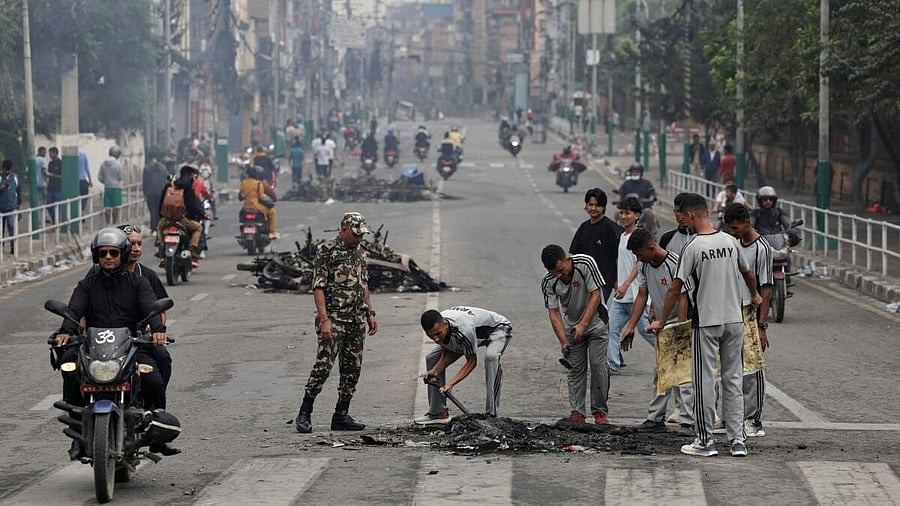

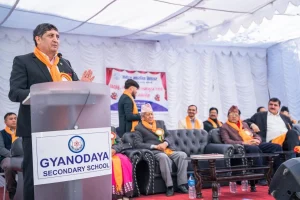
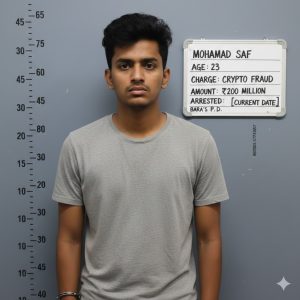
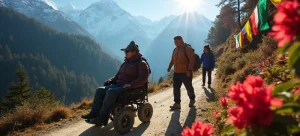
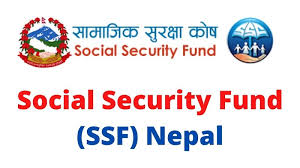
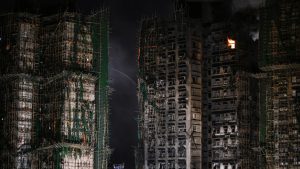

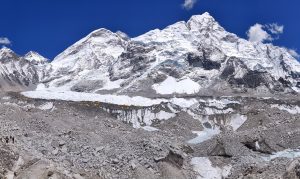


Post Comment